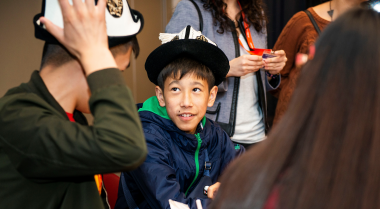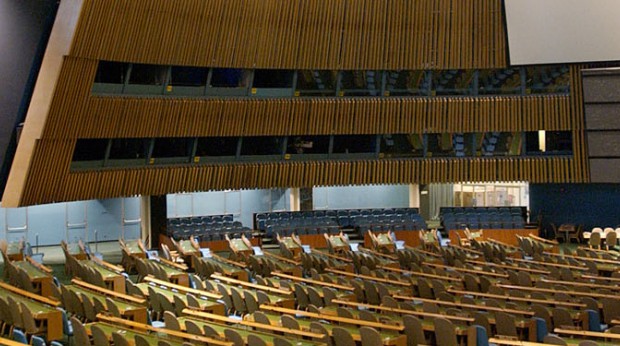
Mapping the Paths to Transform Financing for Peacebuilding
Financing for peacebuilding has become a hot topic in peacebuilding discussions in recent years as the international community has come to acknowledge the need for an improvement in not just the quantity of funding for peacebuilding, but also its quality.
Quality financing involves ensuring that funding for peacebuilding is accessible, flexible and sustainable, producing impact at the field level. Local peacebuilders, UN Member States, the private sector and the donor community all have a part to play in making this happen.
One element of quality financing is to ensure that it produces a meaningful impact at the field level. Local peacebuilders are recognised as critical agents in meaningfully building and sustaining peace. They are on the front lines as the first to respond to rising tensions and have the expertise and understanding of the factors driving conflict as well as what is needed to build peace in a way that is truly sustainable at the local level. They also have the relationships required to facilitate action.
Yet, there is a dire gap in resourcing local peacebuilding. In order to make financing for peacebuilding more accessible to, and flexible for, diverse local peacebuilders as well as more effective in creating sustained peace, concrete changes must be made.
Firstly, the donor community, with the support of the United Nations, should explore more creative options for financing local peacebuilding by continuing to develop new, and adjust current, funding mechanisms, such as pooled funds. Better financing for local peacebuilding involves adapting existing financing tools to make them more effective and impactful, leveraging more flexible funding that channels funds to people as opposed to projects, integrating new tools into existing funding approaches, providing efficient funding at the national level so as to enable countries to establish their own priorities and financing innovation.
Donors should also reflect on, and adapt their eligibility and reporting requirements. Strict donor requirements often act as a barrier for smaller organisations, particularly youth organisations who are just starting to build a track record, in securing funding for their work. Peacebuilding organisations also often have to direct resources to fulfil donor’s reporting requirements instead of focussing their attention on actual peacebuilding activities. Easing these requirements to be more streamlined and less time consuming would allow more small organisations to attain funding from donors and make a bigger impact. This is again something which Member States and civil society can encourage.
The donor community should focus on funding people, not projects. It is important that donors and other actors move away from a focus on implementing short-term projects and expand their narrow view of what they considered success. Donors need to concentrate on a mix of people’s needs, entrepreneurial and innovative ideas, and those that build long-term infrastructure for peacebuilding.
The private sector must increase its role in supporting local peacebuilders. The UN has recently begun to invest in blended public-private finance projects. Further advancing the role of the private sector necessitates specifying where private-sector engagement fits into strategic planning processes of peacebuilding, increasing the emphasis of the private sector in conflict analysis tools and frameworks, and strengthening leadership that supports new funding approaches. Key considerations for such projects include measuring impact through long-term goals and ensuring local ownership is maintained as financing initiatives are scaled up.
Adaptive learning should also be embraced by donors and their local partners. This is where actors continually assess and reflect on the impact and success of the implementation of peacebuilding initiatives and adjust peacebuilding efforts in light of evolving contexts. Adopting adaptive learning can contribute to more successful, impactful and sustainable peacebuilding work. This requires flexible resources and collaboration between various actors to ensure that learning is shared and acted upon and also prioritises locally-led work. Actors should also share good practices in financing for peacebuilding and have sustained open dialogue around funding mechanisms.
Finally, authentic partnerships should be developed between donors and funding recipients. These relationships are built on trust, inclusion and local ownership. Developing partnerships between donors and recipients shift the narrative away from one based on “risk” towards a grounding in authenticity and trust. Crafting relationships based on context-specific social, political, and economic factors - that are informed via local knowledge- ensure that peacebuilding financing is effective.


